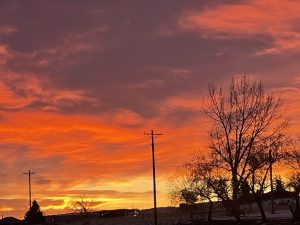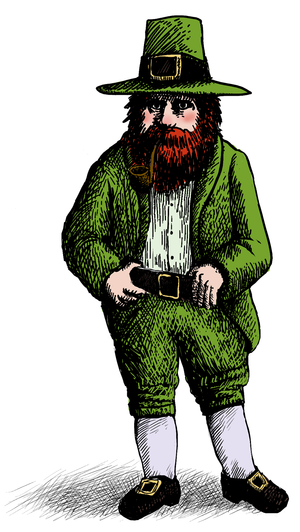Let’s be honest. Daylight saving time was never for farmers. Even though many of us have heard it started to help farmers who wanted to use the extra hour in the fields, the opposite is actually true. I know — mind blown, right? Germany became the first country to implement Daylight Saving Time in May 1916, as a way to conserve fuel while entrenched in World War I. The rest of Europe followed Germany’s lead shortly thereafter, and the United States hopped on board in 1918.
President Woodrow Wilson wanted to keep Daylight Saving Time after the first world war ended, arguing the extra light would conserve energy. But those same farmers gave a resounding “please no,” and he abolished it as a result. When World War II began, President Franklin Delano Roosevelt re-established it, this time dubbing the change “War Time.”
When World War II was over, the time change stuck. Because there weren’t any national regulations, each municipality could set their own rules , leading to a chaotic free-for-all, not to mention people running late for their appointments when they inadvertently crossed into random new time zones. That’s why Congress passed the Uniform Time Act in 1966, requiring all states that observed it to synchronize their watches, as it were. States can opt out, and some do: According to the Department of Transportation, Hawaii, American Samoa, Guam, Puerto Rico, the Virgin Islands, and most of Arizona don’t recognize it.
Another myth about Daylight Saving Time is that it helps save energy. Sorry, Edison, it doesn’t. According to a report for Congress focusing on the energy impact of extending Daylight Saving Time by four weeks, the time change saved about 0.03% of the country’s total electricity use. That said, lightbulbs and other commonly used electric devices have only become more energy-efficient over the years, which makes that overall savings obsolete. And by running more electricity-sucking air conditioners during those sultry, sunny, summer evenings, they may eat the discrepancy right up.
An extra dose of Vitamin D from another hour of evening sunlight has to be good for us, right? Nope. Doctors report a 24% spike in patients reporting heart attacks each time the clock springs forward. The incidence of workplace injuries also rises on the day after the clocks change, as employees get an average of 40 fewer minutes less sleep the night before. And studies have even shown that Daylight Saving Time can lead to a brief increase in depressive episodes. More car crashes, headaches, and grouchy attitudes also arise (as you’ve probably noticed at the water cooler). So at least at first, Daylight Saving Time is actively not great for us.
So why do we still abide by Daylight Saving Time? That’s a good question since fewer than 40% of the world’s countries observe daylight saving time, with states like California, Florida, and Montana have all petitioned to become exempt. But while we do have it, most of us take advantage of the increase in daylight in the evenings. Think weekday grilling out for dinner, getting the chance to actually see the sun after working your 9–5 (or more), and letting the kids play outside until bedtime. After the initial adjustment, we can all use the chance to get a little more sunshine in our lives.


